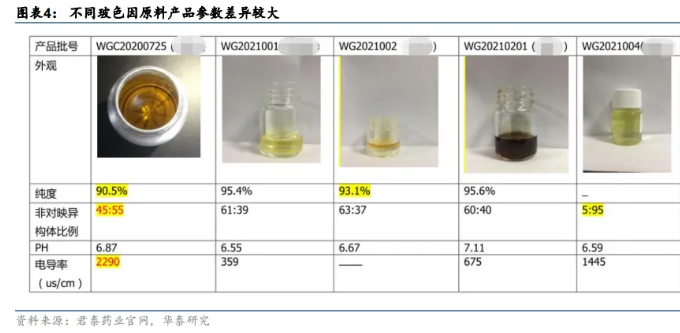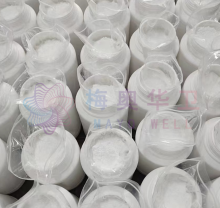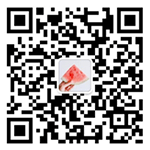- Proxylane bosein pure powders,Not Sale in Patent valid country
- Email: sale@pharma-peptides.com
Decoding Pro-Xylane
Pro-Xylane (academic name: C-Xyloside) is a compound formulated with “water + propylene glycol + hydroxypropyl tetrahydropyrantriol.” As a patented ingredient of L’Oréal, it is commercially known as Pro-Xylane, leading the industry to equate hydroxypropyl tetrahydropyrantriol with Pro-Xylane.
Introduced in 2006 in Lancôme products, Pro-Xylane has been incorporated into L’Oréal’s full product spectrum—from luxury to mass-market lines. It effectively stimulates glycosaminoglycan (GAG) production in the extracellular matrix (ECM), enhancing skin hydration by increasing intercellular water retention.

Pro-Xylane also acts on the dermo-epidermal junction (DEJ), improving adhesion between the dermis and epidermis. By inducing synthesis of dermal and epidermal structural components, it promotes tissue regeneration, maintains dermal elasticity, and prevents premature aging.
Not All Hydroxypropyl Tetrahydropyrantriol Qualifies as Pro-Xylane
The core component of L’Oréal’s Pro-Xylane is hydroxypropyl tetrahydropyrantriol (C₈H₁₆O₅), composed of diastereomers with multiple conformational isomers.
According to Jiang Ligang’s 2020 study “Physicochemical Analysis and Quality Considerations of Hydroxypropyl Tetrahydropyrantriol,” commercial variants often exhibit inconsistent diastereomer ratios, impurity peaks (e.g., residual acetic acid/borate salts), or single-isomer profiles.
Mainstream synthesis routes generate byproducts like acetic acid and borate residues. As noted by Jun Tai Pharmaceutical’s technical documentation, two prevalent methods involve:
- Reductive conversion of diketone intermediates using sodium borohydride;
- Acetylation-reduction sequences prone to residual borate contamination.
These processes highlight technical challenges in minimizing acidic/alkaline byproducts that cause off-flavors and discoloration.
Efficacy Varies with Pro-Xylane Concentration
Product labels typically report “Pro-Xylane solution” content (i.e., “water + propylene glycol + hydroxypropyl tetrahydropyrantriol”). The active ingredient comprises 30–40% of this solution. For example, La Mer’s Black Serum contains 30% Pro-Xylane solution (≈9% active hydroxypropyl tetrahydropyrantriol).
L’Oréal’s 2016 clinical trial (240 subjects) published in Acta Dermato-Venereologica demonstrated:
- High-concentration Pro-Xylane (repair-focused formulas) improves facial sagging and skin luminosity;
- Low-concentration variants (e.g., moisturizers) enhance hydration and dermal firmness.
Chinese Domestic Proxylane Ingredient Suppliers Begin to Grow
L’Oréal Dominates Global Pro-Xylane Production
The global Pro-Xylane market reached USD 0.56 billion in 2022, with Chinese domestic market accounting for 32.39% of demand. Excluding Chinese domestic market, L’Oréal retains exclusive control over Pro-Xylane supply through its subsidiary Novéal, prioritizing in-house luxury brands.
Market segmentation reveals:
- Liquid Pro-Xylane (79.97% share): Dominates as the 30% solvent-based formulation;
- Powdered Pro-Xylane: Emerged post-2021, exclusively manufactured in Chinese domestic market for export.
Supplier Landscape and Innovation
- Redlin BioTech: Specializes in bio-synthesized “life molecules” (amino acids/sugars/nucleotides), offering high-purity S-configurated hydroxypropyl tetrahydropyrantriol;
- Mayo Healthcare: Holds three pending patents for Pro-Xylane derivatives;
- Jun Tai Pharma: Achieves odorless/borate-free production certified by SGS;
- Zhuanglai Group: Developed proprietary “Pulailin” technology.
Chinese Domestic Proxylane-Infused Products Flourish
Brands Leverage Pro-Xylane for Anti-Aging Claims
From 2019–2021, Pro-Xylane-containing skincare launches grew at a CAGR of 520.3% (Yan An Tang Research Institute). Leading Chinese domestic brands like MIBEER and Oxyfresh incorporate 30% Pro-Xylane into anti-wrinkle creams targeting firming and elasticity.
Product Diversification Trends
- Facial Care: High-concentration formulations dominate premium anti-aging segments;
- Body Care: L’Oréal expanded into lower-concentration Pro-Xylane (≈1%) with its “Golden Honey Body Lotion” (priced at RMB 269/250ml), emphasizing hydration over repair.
This strategic bifurcation aligns with consumer preferences: high-end users prioritize structural rejuvenation, while mass-market segments value accessible moisturization.
Proxylane pure
Supplying pure powder of Bosein pure powder proxylane Email: sale@pharma-peptides.com
相关推荐
- Pro-Xylane : Overview of Its Role, Practical Efficacy, and Research Application
- Vichy Neovadiol Pro Xylane – Clinically Proven Anti-Aging Power for Radiant Skin
- L’Oréal Revitalift Pro-Xylane Pro | Anti-Aging Moisturizer with Pro-Xylane™
- The Best ProXylane Creams for Anti-Aging: Top Picks with Reviews & Benefits
- “Boswellia Solution” vs “Boswellia”: China Cosmetic Brand Fined for Misleading Ingredient Claims
Contact info
sale@pharma-peptides.com
Pro-Xylane Bosein Powder

Boseine Ingredients
Related posts
Contact Meiao
© 2025. All Rights Reserved.









